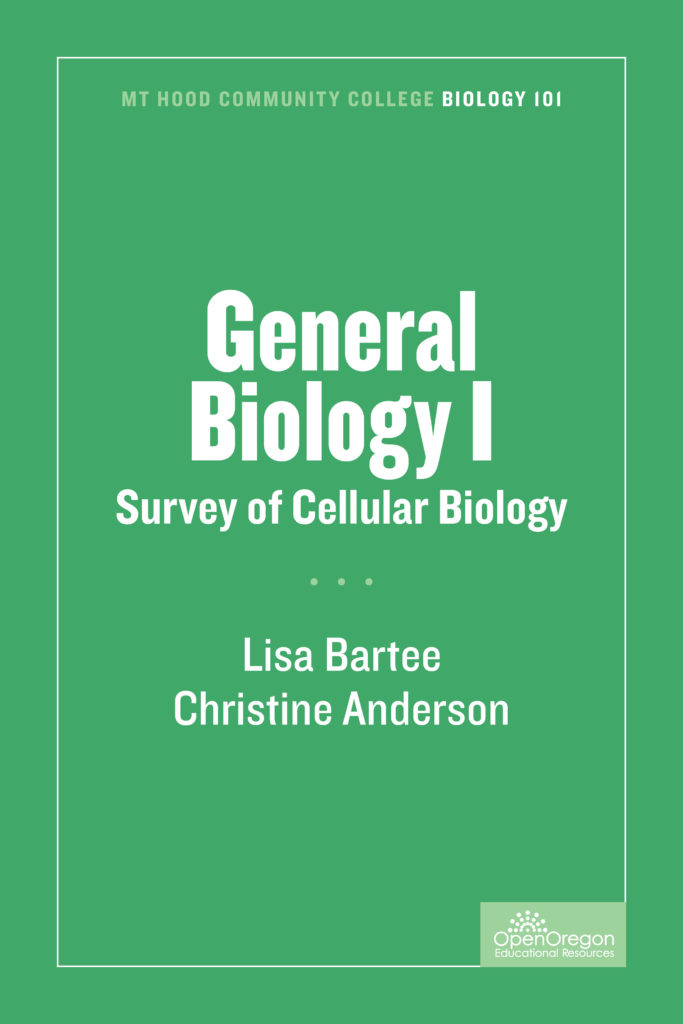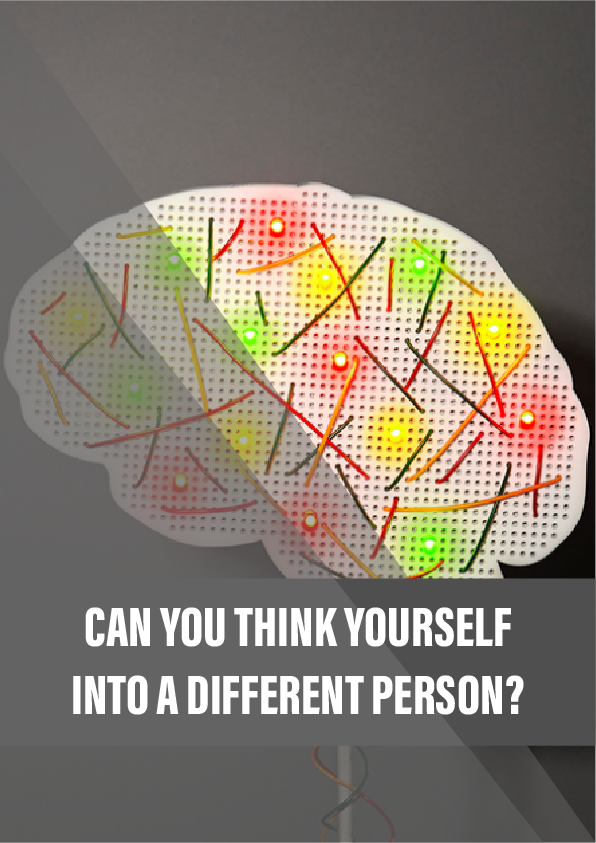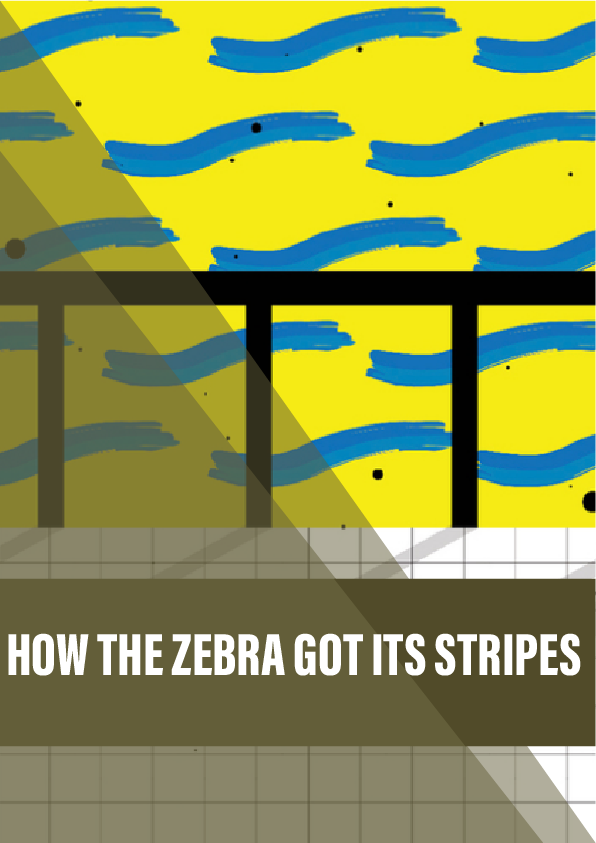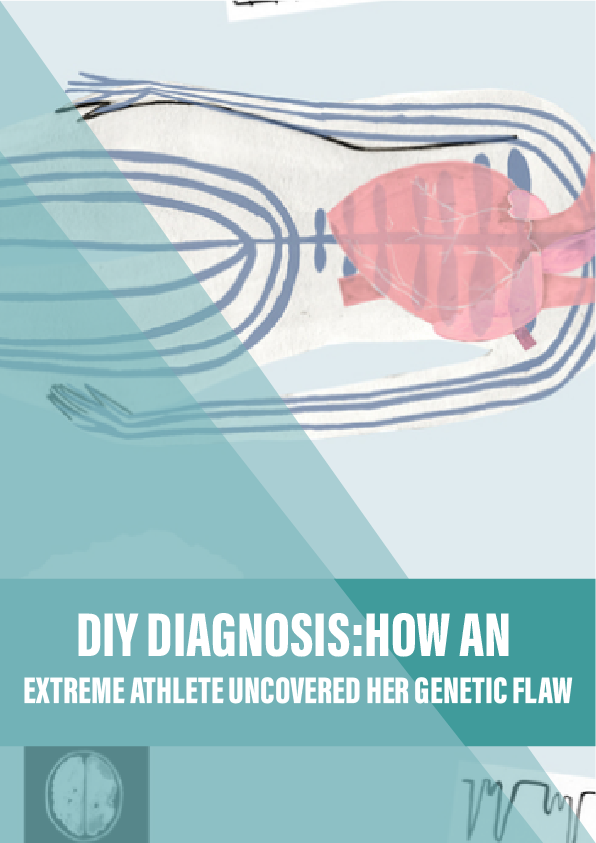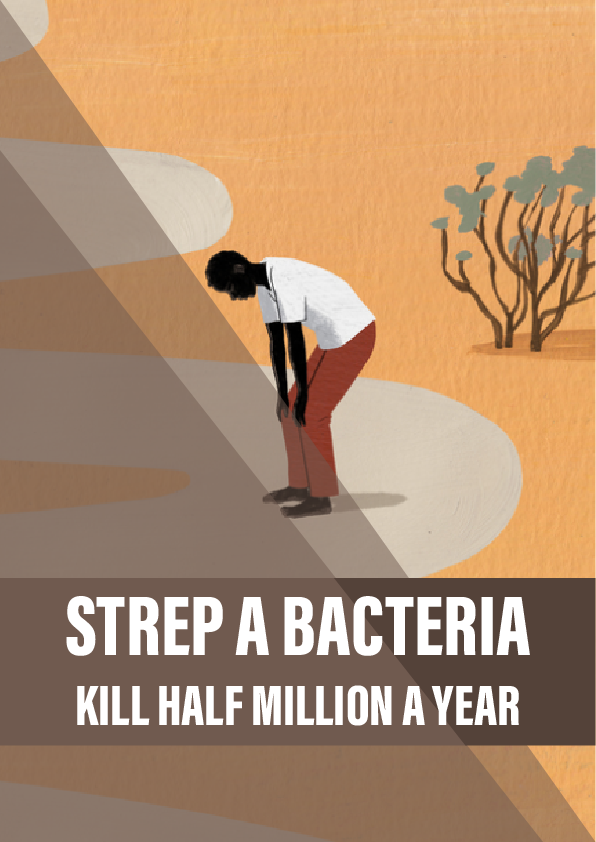BI101 Course Description: Adaptations of BI101 vary in theme. BI101A is a survey course that introduces the discipline of cellular biology, exploring topics including the cellular basis of life, cell structure and function and the metabolic processes that affect cells. BI101 introduces students to biology as a scientific discipline and engages students in the process of scientific discovery. All BI101 courses are equivalent; only one can be used to fulfill degree requirements. BI101, BI102 and BI103 are non-sequential and can be taken in any order. Students considering majors in science or pre-professional health occupations are advised to eventually take BI211, B1212 and BI213.
BI101A Course Description: Adaptations of BI101 vary in theme, but all explore the scientific process and topics in cellular basis of life, including cell structure and function. BI101A is a survey course that introduces the discipline of cellular biology. Topics discussed include: the principles of the scientific method, cellular basis of life, cell structure and function, and the metabolic processes that affect cells. All BI101 courses are equivalent; only one can be used to fulfill degree requirements. BI101, BI102, and BI103 are non-sequential and can be taken in any order. Prerequisite: RD090, WR090, and MTH020, each with a grade of “C” or better; or placement above stated course levels. Students considering majors in science or pre-professional health occupations are advised to eventually take BI211, BI212, and BI213.
Course and Student Learning Outcomes
- Apply the scientific method to biological questions by designing experiments and using the resulting data to form a conclusion.
1A. Design a controlled experiment to answer a biological question.
1B. Predict the outcome of an experiment.
1C. Collect, manipulate, and analyze quantitative and qualitative data.
1D. Answer a biological question using data. - Select, evaluate, and utilize discipline-specific sources of information to research a biological topic.
2A. Differentiate between questions that can and cannot be answered using science.
2B. Identify appropriate credible sources of information to research a topic.
2C. Evaluate sources of information for their strengths and weaknesses. - Assess the strengths and weaknesses of the design of scientific studies and conclusions drawn from such studies.
3A. Evaluate the strengths and weaknesses of their own as well as published experiments. - Communicate information using appropriate biological terminology in multiple formats.
4A. Use an appropriate written format to present scientific information.
4B. Use appropriate biological terminology to answer written and oral questions. - Use evidence to develop informed opinions on contemporary biological issues while considering cultural and ethical implications.
5A. Research current ethical issues in topics relating to inheritance, gene expression and regulation.
5B. Form opinions based on published scientific research. - Discuss and apply biological theories and concepts of cellular biology.
6A. Describe the characteristics that can be used to determine if something is living.
6B. Describe the structure and function of cellular structures contained in prokaryotic and eukaryotic cells.
6C. Describe the structure of cell membranes and explain their function in maintaining the internal environment of the cell.
6D. Explain the roll of enzyme-catalyzed reactions in cellular metabolism.Compare the energy-generating processes within different types of cells.
